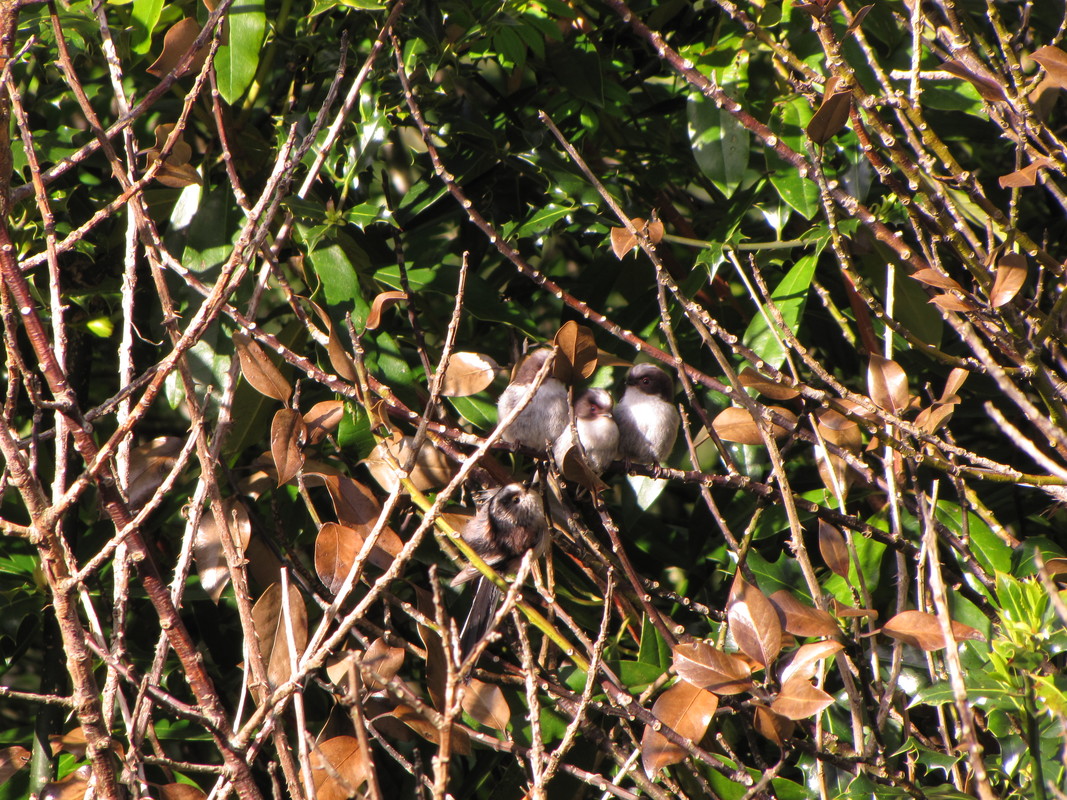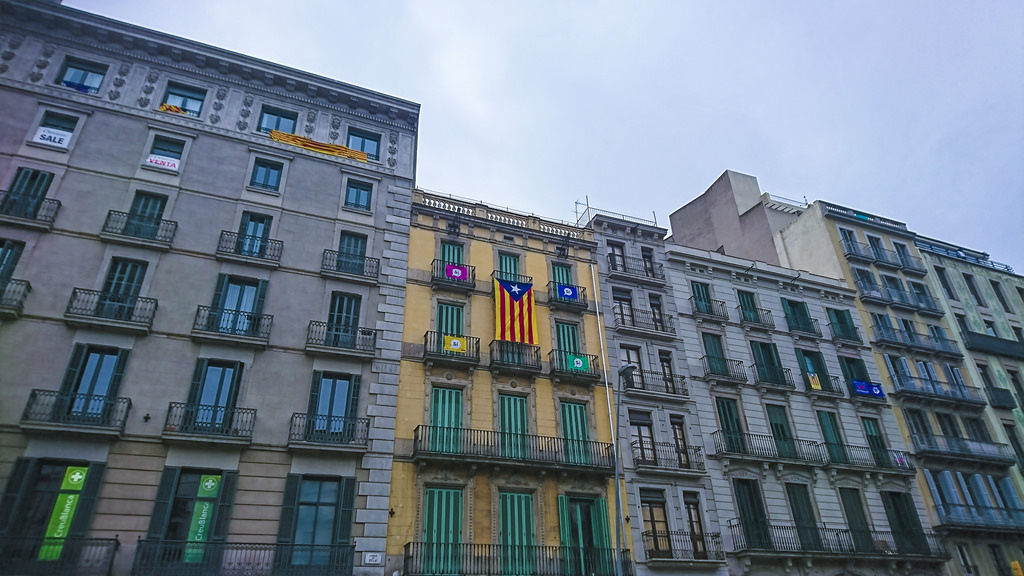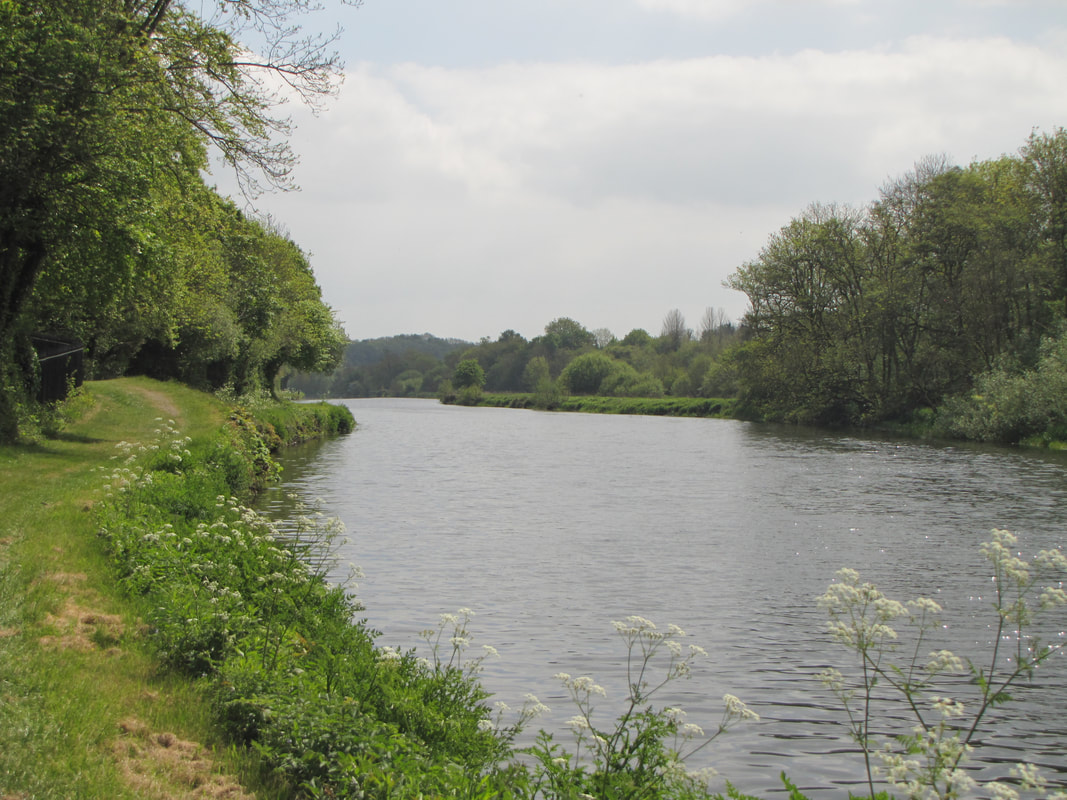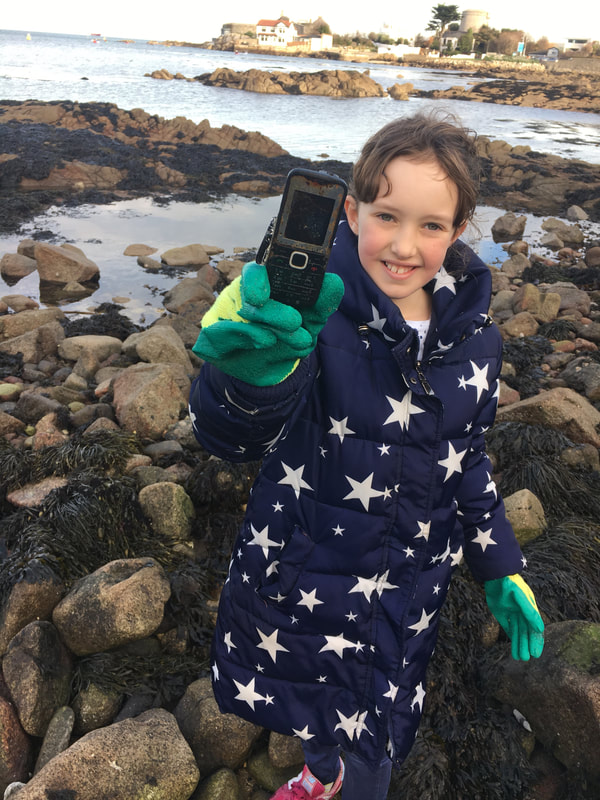|
Worth looking for: a family of long-tailed tits in our garden in Glenmalure Very few people are entirely indifferent to birds, and most of us find them an occasional source of some brief wonder and delight.
Even the most common birds can surprise us with their beauty, when the light suddenly catches the tail of a magpie or the breast of a starling, and reveals an unexpected prism of iridescent colours. Part of the fascination lies in the fact that they are so familiar on our earthbound world, and yet are also so completely at home on the water, and in the skies. Their ability to take wing has inspired the imagination of all human cultures; the sudden rush upwards of a flock of birds from our feet can still make us catch our breath. Rural people have always known that birds are as finely tuned to the turning seasons as the leaves on trees. Even today, many city-dwellers find joy in seeing the first swallow of the year, and sense a deeper connection with the rhythms of the world when a flock of geese first plummets down to their local sports ground in autumn. But what is needed if you would like to deepen these mild pleasures and learn a little more about the birds in your area? The good news is that birdwatching is a much more accessible recreation than you might expect. This article appeared in The Irish Times on 30 Jan 2017. Read the whole piece here
0 Comments
Both the Catalan nationalists, and their Spanish nationalist opponents, lack a broad strategic vision
The campaign for Thursday’s elections in Catalonia has been depressingly symptomatic of two dangerous and interlinked contemporary tendencies in western democracies. One is the prevalence of tactics over strategy, and the other is the preference for slogans over substance. Twitter is the ideal, and toxic, medium for this debased political culture. Calling snap elections in the region was an uncharacteristically clever tactical move by the lugubrious Spanish prime minister, Mariano Rajoy. For years, his only response to the accelerating momentum of the Catalan independence movement had been obtuse immobility. He had hidden from the challenge of engaging with change behind the 1978 constitution, which had been forged under intense pressure from the heirs of the Franco dictatorship. This was a disastrous strategic failure, but it was tactically beneficial to his conservative Partido Popular (PP) in the rest of the country. It played on a barely dormant nostalgia for authoritarian Spanish nationalism, and diverted attention from the corruption scandals in which the ruling party is mired. This article appeared in The Irish Times on 21 December, 2017. Read the whole piece here Five regular hikers, Olivia O'Leary, Liam Lysaght, Sinéad O'Brian, Mark Boyden and David Staunton -- share the joys, and pains, of their favourite riverside walking routes We have been drawn to rivers since long before the dawn of history. We were attracted to watercourses for their obvious and essential gifts of food and rapid transport, which made them favoured sites for settlements. But perhaps we were also drawn to them for many less tangible but still vital benefits, so that we continue to delight in walking alongside, or kayaking within, their flowing waters today. Ireland’s exceptional river wealth is rightly celebrated, from the feisty mountain trout streams that inspired WB Yeats’s “wise and simple” fisherman, to the majesty of the Liffey, reflecting the lives of myriad Dubliners in the work of James Joyce. Our rivers often retain fragments of natural beauty lost in surrounding agricultural and urban intensification. Yet they are also inevitable conduits for the detritus of the catchments they drain, barometers of the health or sickness of our landscapes. So a riverside walk can be a source of both pleasure and pain to the observant walker or kayaker, as is evident from these reflections by five people who spend a lot of time down by the river. This article first appeared in The Irish Times on 9 December 2017. Read the full piece here. When asked why he wanted to climb Everest, George Mallory reportedly replied: “Because it’s there”.
Asked why she has taken on the almost equally daunting challenge of clearing the rubbish from her local beaches, and from the sea beyond them, 10-year-old Flossie Donnelly takes a similar approach: “I go crabbing in rock pools in Sandycove with my mummy and we see rubbish and we pick it up. I go swimming and see rubbish in the sea, so I dive and take it out.” She first became aware of rubbish in the sea when kayaking in Thailand. “It’s a beautiful country, but there is an awful lot of plastic in the water. We filled a whole kayak with rubbish on our first day out. I hate to see the same thing building up in Ireland, so I want to help stop it.” This article appeared in The Irish Times on 4 December, 2017. Read full version here. |
Articles & BlogArticles on the environment; Spanish, Catalan and Basque politics; travel; culture; and other subjects; interspersed with personal reflections and images Archives
October 2022
Categories
All
|




 RSS Feed
RSS Feed